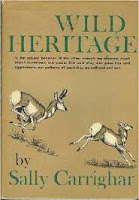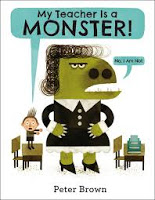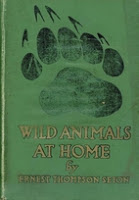Confessions of a Lister
by Jean Piatt
The author describes in this book how he got into the hobby of bird-watching. At first just a casual interest, he soon joined the ranks of those intent upon fulfilling a life list of all the different species they\’ve seen. The grand goal is 600, once someone has listed 600 birds they become members of an exclusive club. He picked up the birding passion with his wife; together they explored all nearby locales in search of birds and then began taking trips to further parts of the country specifically to look for birds. Somewhat disorganized and unplanned at first, he soon learned to tap into local knowledge and find the people who could point out where certain birds were to be found. Sometimes they were nesting in one particular thicket on one side of a road only, for years on end! The first portion of the book is about their travels around, meeting with people, associating with other birders, the oft-embarassing moments of mis-identification in the field. Other chapters describe the basic taxonomy of birds, the organization of birding clubs, the rules surrounding official lists and the confusion that ensues when species are re-named or re-assigned thus invalidating some names birders have already counted, and so on. The accompanying illustrations by Matthew Kalmenoff are very nice.
But I\’m not the right reader for this book, it seems. I found it only mildly interesting and before long, just tedious. The author likes to use eloquent phrases and quote literature in relation to his feathered interests, but it often came across as stiff or pretentious, to me. This book is not well-known; I only found three reviews online yet they all praise it highly. They all seem to be birders themselves, though. I was curious to learn more about this hobby- I learned that it\’s probably something I\’ll never do!
Abandoned 265 pages, 1973

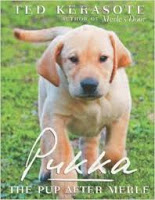


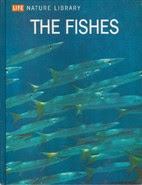
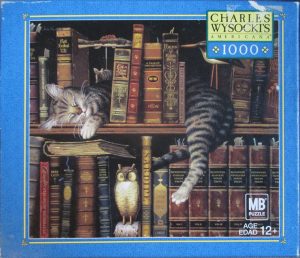 Just finished this one today- my kids squabbled over who got to put in the last few pieces. I admit I like this one because of the subject matter, and that’s the only reason it’s a keeper. The surface is too glossy, so you have to keep tilting your head against light bouncing off the pieces. The pieces are very uniform in shape, and they don’t fit completely snug, so you can’t pick up a section and move it, it all falls apart. When I had a group of pieces fit together and found out they go elsewhere on the puzzle, I’d have to move that section one piece at a time, unless there was a clear path to slide it all. The picture is a little dark, but there are still enough hues and textures to make it interesting.
Just finished this one today- my kids squabbled over who got to put in the last few pieces. I admit I like this one because of the subject matter, and that’s the only reason it’s a keeper. The surface is too glossy, so you have to keep tilting your head against light bouncing off the pieces. The pieces are very uniform in shape, and they don’t fit completely snug, so you can’t pick up a section and move it, it all falls apart. When I had a group of pieces fit together and found out they go elsewhere on the puzzle, I’d have to move that section one piece at a time, unless there was a clear path to slide it all. The picture is a little dark, but there are still enough hues and textures to make it interesting.






